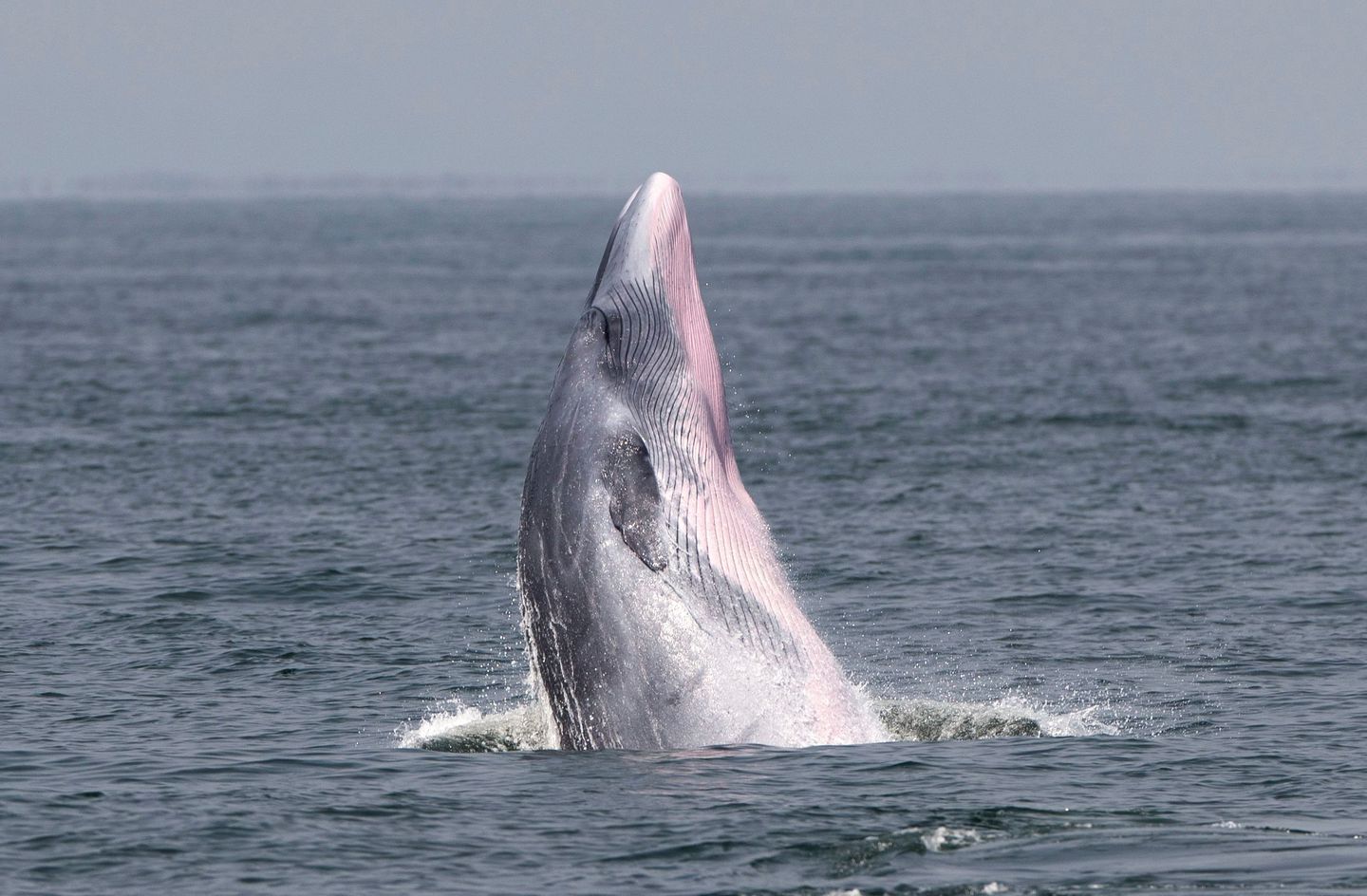Living whales are worth an enormous amount of money
 A Bryde's whale jumps to the surface of the sea at the Upper Gulf of Thailand. (Image courtesy of Rungroj Yongrit/EPA-EFE/REX)
A Bryde's whale jumps to the surface of the sea at the Upper Gulf of Thailand. (Image courtesy of Rungroj Yongrit/EPA-EFE/REX)
Chami had, after all, veered outside his lane to make a first-of-its-kind claim. He studies macroeconomic policies in developing countries, not ecology. After deleting his whale calculations three times, and three times arriving at the same answer, Chami enlisted an IMF researcher, Sena Oztosun, as well as two outside economists, Thomas Cosimano and Connel Fullenkamp. They consulted whale scientists and research papers. The world population of whales is worth more than $1 trillion, the researchers concluded in a recent report, due to whale tourism, the nutrients whales disperse and the carbon captured by their massive bodies.
Climate change separates wildlife into survivors, including vines that thrive when carbon dioxide levels rise, and victims, such as bird species that are threatened by habitat loss and other disruptions. A few species are emitters, such as methane-belching cattle. Great whales occupy another category: sequesterers. An average great whale, a hypothetical animal that blends the characteristics of large baleen whales and sperm whales, traps 33 tons of carbon dioxide in its body, Chami said. A car releases about 4.6 tons of carbon dioxide a year.
And when whales die, they sink.
Most whale carcasses drop to the sea bed because whales with emptied lungs are slightly negatively buoyant. That process, known as a whale fall, delivers carbon to the ocean depths.
An ecosystem blossoms from the whale’s flesh and bones. “By dying, they’re creating something new — a new kind of life,” said Craig Smith, a professor in the Department of Oceanography and whale fall expert. Obscured by the deep ocean, whale falls are rarely spotted by humans. Scientists have observed only about 75 of them, Smith said, including experimental whale falls (in which beached whales are towed to sea, weighted and sunk). The Navy found eight in the 1990s while searching for a lost missile off the California coast.
Read more about it in the Washington Post. UPDATE: read about “What Happens After a Whale Dies”, which discusses Craig Smith’s work, and watch the video report at NPR.




